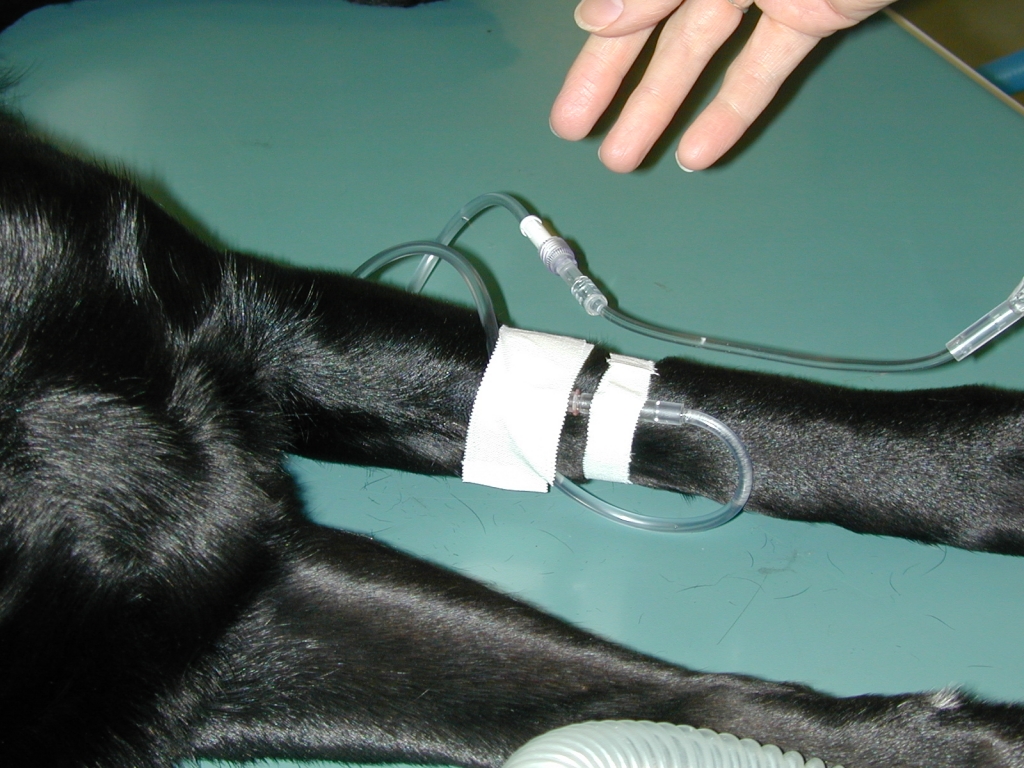#STUFFEMMETTEATS
 Emmett is a 2 year old Great Pyrenees, and he is tall enough
to get to anything unattended. This can
be a pet owner’s worse nightmare. When
you have a curious puppy or young dog, there are all kinds of household hazards
you need to constantly be aware of, so we are going to use Emmett’s constant
escapades to help our pet owner’s navigate through the tricky health concerns
of all puppies and young dogs.
Emmett is a 2 year old Great Pyrenees, and he is tall enough
to get to anything unattended. This can
be a pet owner’s worse nightmare. When
you have a curious puppy or young dog, there are all kinds of household hazards
you need to constantly be aware of, so we are going to use Emmett’s constant
escapades to help our pet owner’s navigate through the tricky health concerns
of all puppies and young dogs.
Episode #8 Onions and Garlic…..
 Emmett has had multiple close encounters with Garlic, but
luckily no Onions yet. It is likely that
your pets come in close proximity to both when you are whipping up a salad or
your favorite Italian meal.
Emmett has had multiple close encounters with Garlic, but
luckily no Onions yet. It is likely that
your pets come in close proximity to both when you are whipping up a salad or
your favorite Italian meal.
Many owners have seen warnings about onions and garlic, but
are unaware of the types of symptoms and problems they can
potentially present; because their toxic effects are more subtle.
potentially present; because their toxic effects are more subtle.
The encounter: Imagine you have just lovingly prepared spaghetti and meatballs for your family, with a large loaf of garlic bread to complete the ensemble. Of course, minus the meatballs for one kid, and the sauce for the other because kids are so picky. You go to happily gather your family to the dinner table, and you come back to find the whole entire loaf of garlic bread missing, and in reality eaten, by your not even guilty looking dog. The good news, in almost all cases of #stuffemmetteats, is that he is very large, so it would take a lot of garlic to slow him down.
 Dogs who eat onions and garlic can experience a very serious disease called immune mediated hemolytic anemia. This is a disease in which the body begins to
destroy its own red blood cells. As the
red blood cells are responsible for so many important jobs within the body, the
effects of their loss can be quite severe.
Signs you may notice at home could include weakness, lack of appetite,
pale gums, or changes to the color of your pet’s skin, gums, or urine. Sometimes your pet may have a fever. Cats are more sensitive than dogs, and garlic
(being more odiferous) is more toxic than onion. Even cooked onion and garlic can be a
problem.
Dogs who eat onions and garlic can experience a very serious disease called immune mediated hemolytic anemia. This is a disease in which the body begins to
destroy its own red blood cells. As the
red blood cells are responsible for so many important jobs within the body, the
effects of their loss can be quite severe.
Signs you may notice at home could include weakness, lack of appetite,
pale gums, or changes to the color of your pet’s skin, gums, or urine. Sometimes your pet may have a fever. Cats are more sensitive than dogs, and garlic
(being more odiferous) is more toxic than onion. Even cooked onion and garlic can be a
problem.The plan:
 If the incident is recognized and brought to the vet’s
attention ahead of time, measures can be taken to decontaminate the dog’s
stomach prior to the toxic effects taking hold.
Unfortunately, if caught when the effects are already occurring in the
body, the hemolytic anemia can be very difficult to combat. Your vet will first confirm a diagnosis of
hemolytic anemia with a complete blood cell count, and a Coomb’s test to confirm
that diagnosis, but there are many other blood tests that will be recommended,
because as the red blood cells are not functioning as they should, other organs
can start having dysfunction as well.
Once a diagnosis is confirmed, there are treatment protocols in place
based on the level of severity of the disease your pet is experiencing. Sometimes, this may include a blood
transfusion, or several days of IV fluids and ICU care. In almost all cases, the pet will need to be
on several different immune suppression drugs, for an extended period of time.
If the incident is recognized and brought to the vet’s
attention ahead of time, measures can be taken to decontaminate the dog’s
stomach prior to the toxic effects taking hold.
Unfortunately, if caught when the effects are already occurring in the
body, the hemolytic anemia can be very difficult to combat. Your vet will first confirm a diagnosis of
hemolytic anemia with a complete blood cell count, and a Coomb’s test to confirm
that diagnosis, but there are many other blood tests that will be recommended,
because as the red blood cells are not functioning as they should, other organs
can start having dysfunction as well.
Once a diagnosis is confirmed, there are treatment protocols in place
based on the level of severity of the disease your pet is experiencing. Sometimes, this may include a blood
transfusion, or several days of IV fluids and ICU care. In almost all cases, the pet will need to be
on several different immune suppression drugs, for an extended period of time. |



































